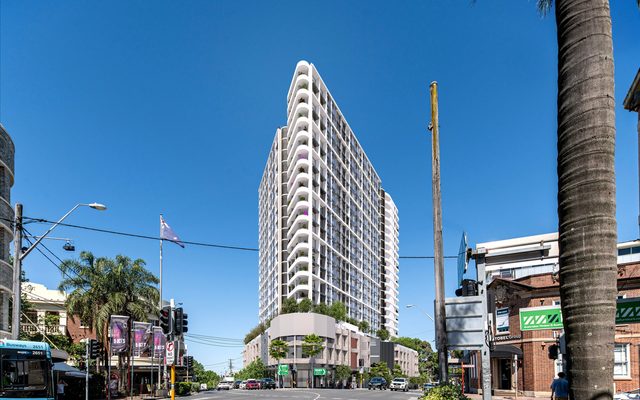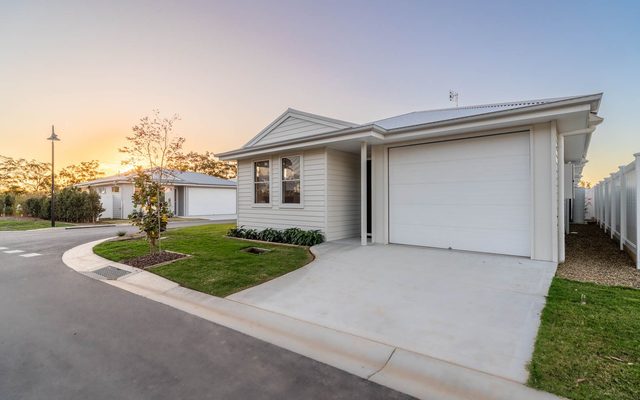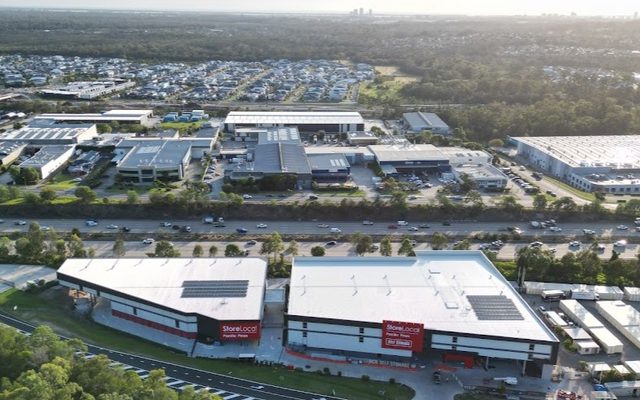This article is from the Australian Property Journal archive
COMMERCIAL activity led the construction industry in January, which marked one consecutive year of monthly expansion despite soft performances in most sectors.
The latest Australian Industry Group/Housing Industry Association Australian Performance of Construction Index increased by 1.5 points to 54.3 over the month (numbers above 50 indicate expansion), and overall construction activity was down slightly but remained in expansion mode at 54.5
All four sub-sectors recorded expansion. Commercial activity was up 7.4 points to 58.9, which the Index said was in line with property investor sentiment and improving business conditions more generally, with respondents continuing to cite the positive influences on activity from rising investment in commercial building developments. New orders for commercial construction rose 2.0 to 54.2 points.
Housing building moderated for a second month, down 2.5 to 52.0, and apartment building was flat at 50.7.
HIA senior economist, Shane Garrett, said the housing building figures signalled a possible cooling in the sector.
“House builders continued to point to a high degree of support from ongoing projects, although there were reports of slower new orders and fewer enquiries about house constructions.”
He added that even though new home building activity had retreated from its peak, it still remains very elevated by historic standards.
“A considerable proportion of these new apartments have been delivered onto the rental market – helping to bring rental inflation to a 24-year low during 2017. This is good news for those who rent rather than own their homes,” Garrett said.
New orders in the house building sector increased over January, albeit moderating by 0.8 to 51.3 points, for the 12th consecutive month in of expansion.
“This indicates that housing construction is likely to remain relatively firm in 2018, supported by record low interest rates, strong population growth and stronger jobs growth,” Garrett said.
In the apartment building sector, new orders sub-index increased by 13.5 points to 55.5 points in January. This follows declines in new orders over the previous five months.
Engineering expansion slowed by 3.4 to 53.5, but has now reached its tenth consecutive month of expansion amid several major infrastructure projects, particularly on the east coast including the respective Sydney and Melbourne Metro rail projects, and Queensland’s Cross River Rail works.
Ai Group head of policy, Peter Burn, said that while new orders only lifted modestly in January, further employment growth is a strong sign of an industry still confident over its near-term outlook.
While the second consecutive month of contraction – by 2.6 to 46.7 – came with reports that new tenders are becoming harder to secure than this time last year, Burn said the general strength in new orders evident in 2017 (reflecting the solid pipeline of publicly funded infrastructure) should continue to support activity through 2018.
New orders overall moved by 2.6 points into expansion territory at 51.8, while employment was up 3.3 to 58.0. Capacity utilisation rose 6.5 to 83.4, its highest level in the decade that the data series has been running.
Input prices dropped 8.3 points from its nine-year high to 74.4, and selling prices lifted 0.3 to 58.0, which Burn said suggested cost pressures are being passed on, but not broadly given strong market competition.
Australian Property Journal




